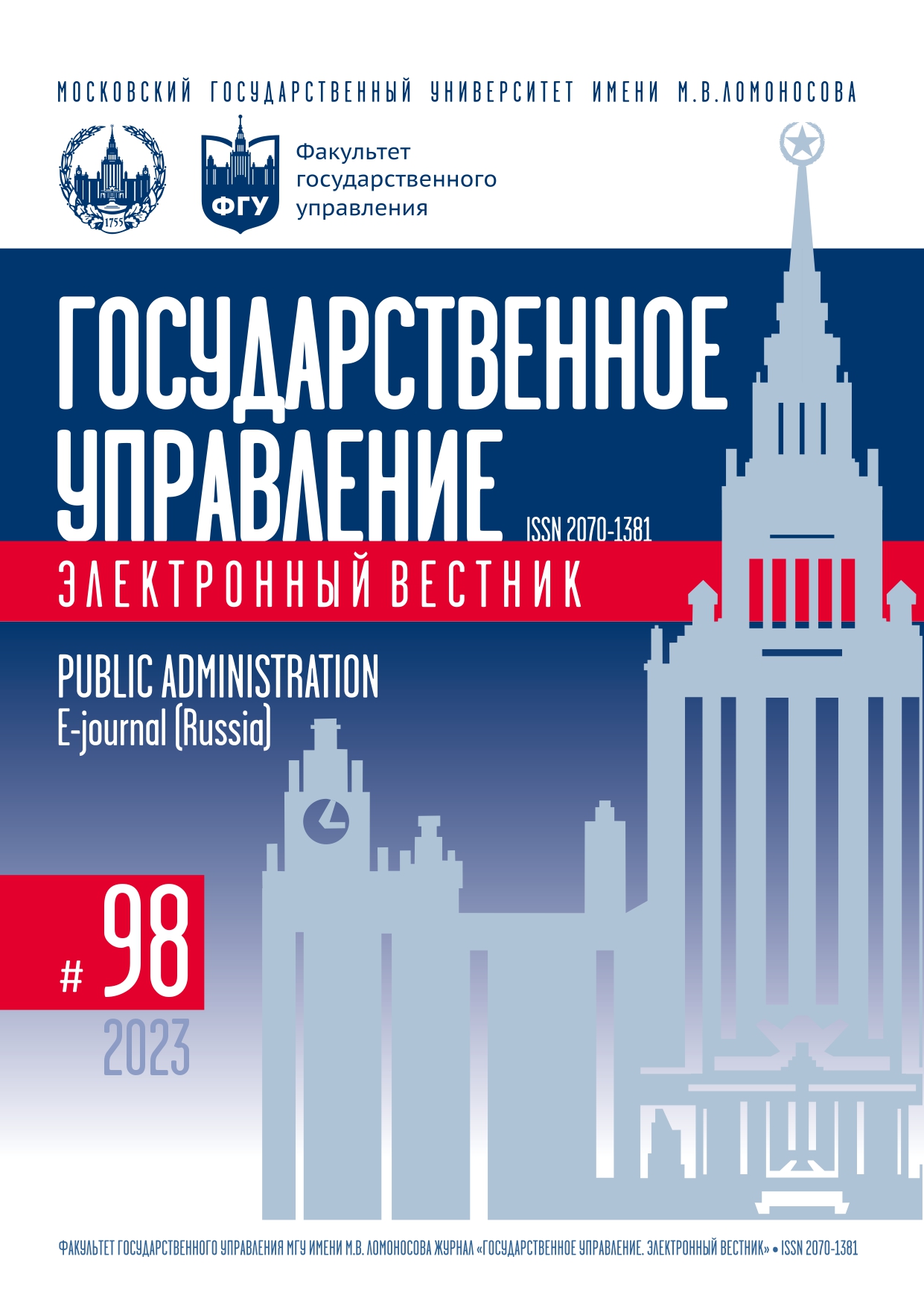Special Features of China’s Creative Economy
Keywords:
Creative economy, creative industries, creative economy in China, creative industries in China, “soft power”Abstract
The convergence of Russia and China in the modern geopolitical context makes scientific research aimed at studying the national
characteristics of the economies of both countries relevant. This research focuses on the specifics of China’s creative economy as
a driver of socio-economic development not only in China, but also in Asian countries as a whole. Until quite recently the active
development of the creative sector of economy was inherent to economically developed countries. There was a widely held view
that the structure of developing and transition economies does not allow for an effective transition to post-industrial forms of
economy. However, China’s experience refutes this assumption. The successes of the Chinese creative market all over the world
force us to think more deeply about their causes and whether freedom of creativity and multiculturalism are really a prerequisite
for the successful development of the creative economy. The peculiarities of this sector in China are strong state support, huge
domestic market, large role of regions and municipalities in stimulating creativity and innovation, unique combination of Chinese
traditions and Western trends in creating creative products. Among the key problems are weak protection of intellectual property,
state censorship, bureaucratic barriers, etc. The exchange of experience and knowledge in the development of creative industries
between our countries can significantly enrich the existing practices and eventually lead to synergies and become an element of
the implementation of “soft power” policy of both China in Russia and our country in the PRC.
References
Задворная Е.С. Культурные индустрии КНР // Трансграничные рынки товаров и услуг: проблемы и исследования. Сборник материалов III Международной научно-практической конференции. Школа экономики и менеджмента. Владивосток: Дальневосточный федеральный университет, 2019. С. 306–311.
Зеленцова Е., Гладких Н. Творческие индустрии: теории и практики. Москва: Т8 Rugram, 2021.
Погорлецкий А.И., Дай С. Опыт развития и перспективы сотрудничества Китая и России в сфере креативной экономики // Вопросы инновационной экономики. 2020. Т. 10. № 2. С. 757–772. DOI: 10.18334/vinec.10.2.100928
Тарбаева М.Б. Яманова Э.Б. История развития креативных индустрий в Китае // Креативные стратегии и креативные индустрии в экономическом, социальном и культурном пространствах региона. Материалы третьей региональной научно-практической конференции. Иркутск: Репроцентр А1, 2021. С. 329–333.
Титов С.А., Кокорина А.О., Быков П.А., Горбачев Е.С., Шарипов Ф.Ф. Креативные технопарки в постиндустриальной трансформации экономики Китая // Пространственная экономика. 2019. Т. 15. № 3. С. 125–146. DOI: 10.14530/se.2019.3.125-146
Фэн Ц., Сергеев Д.В. Современное состояние культурных индустрий в Китае // Дизайн, мода, культурные индустрии. Материалы VI Международной научно-практической конференции. Чита: Забайкальский государственный университет, 2019. С. 53–159.
Хокинс Дж. Креативная экономика. Как превратить идеи в деньги? Москва: Классика – XXI, 2006.
Шахтрина Ю.Д. Дремин М.А. Развитие творческих профессий для креативных индустрий в Китае // Креативные стратегии и креативные индустрии в экономическом, социальном и культурном пространствах региона. Материалы третьей региональной научно-практической конференции. Иркутск: Репроцентр А1, 2021. С. 357–360.
Florida R., Mellander Ch., Stolarick K. Inside the Black Box of Regional Development: Human Capital, the Creative Class and Tolerance // Journal of Economic Geography. 2007. Vol. 8. Is. 5. P. 616–649. DOI: 10.1093/jeg/lbn023
Landry Ch., Bianchini Fr. The Creative City. London: Demos, 1995.
Mellander Ch., Florida R., Rentfrow J. The Creative Class, Post-Industrialism and the Happiness of Nations // Cambridge Journal of Regions, Economy and Society. 2011. Vol. 5. Is. 1. P. 31–43. DOI: 10.1093/cjres/rsr006

